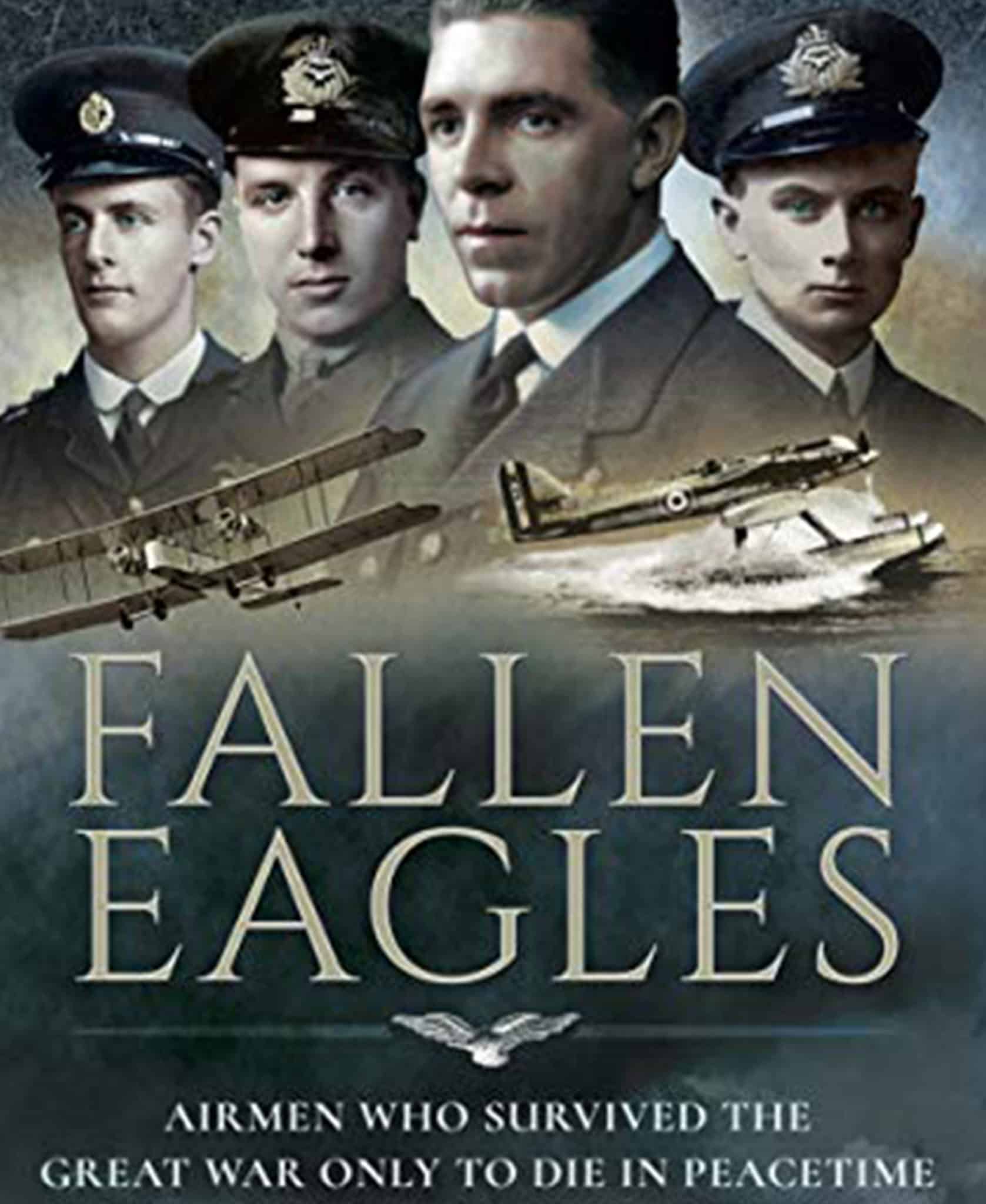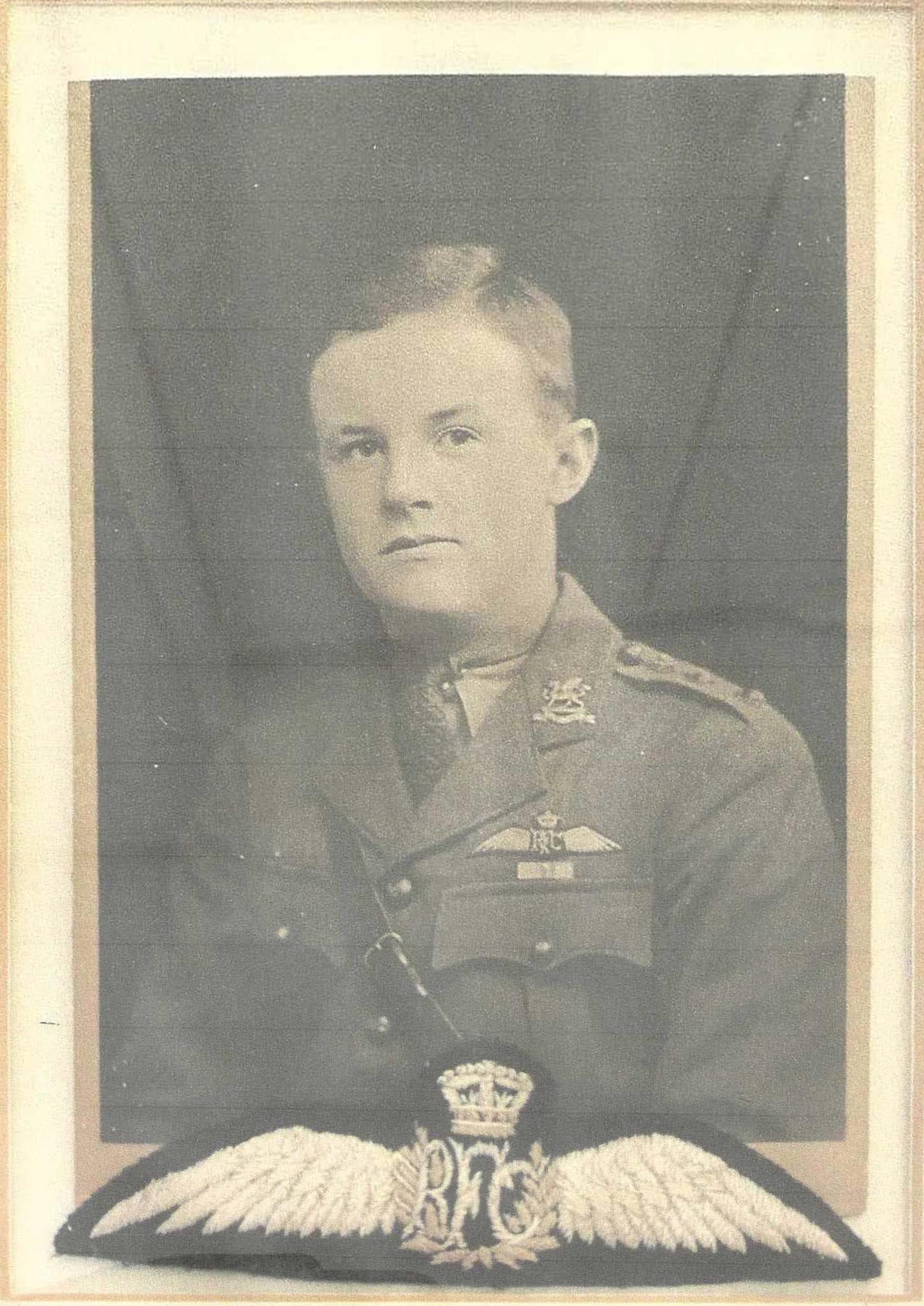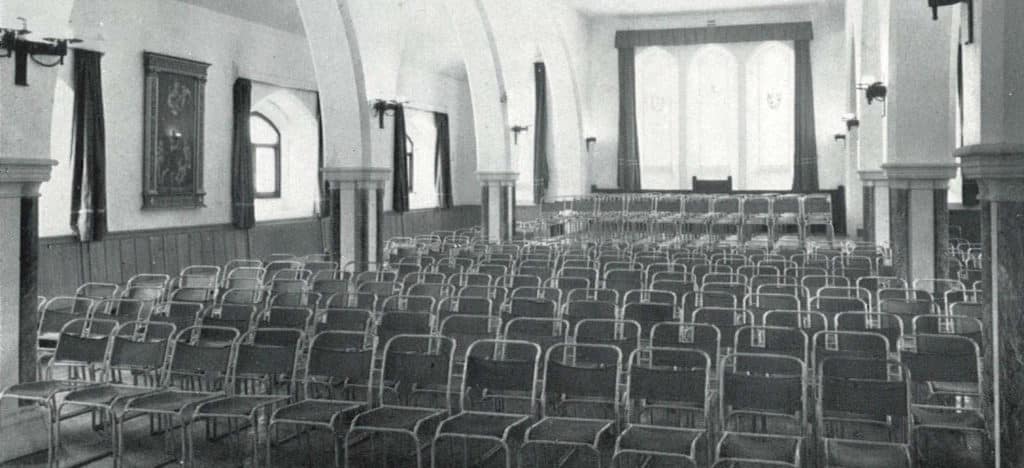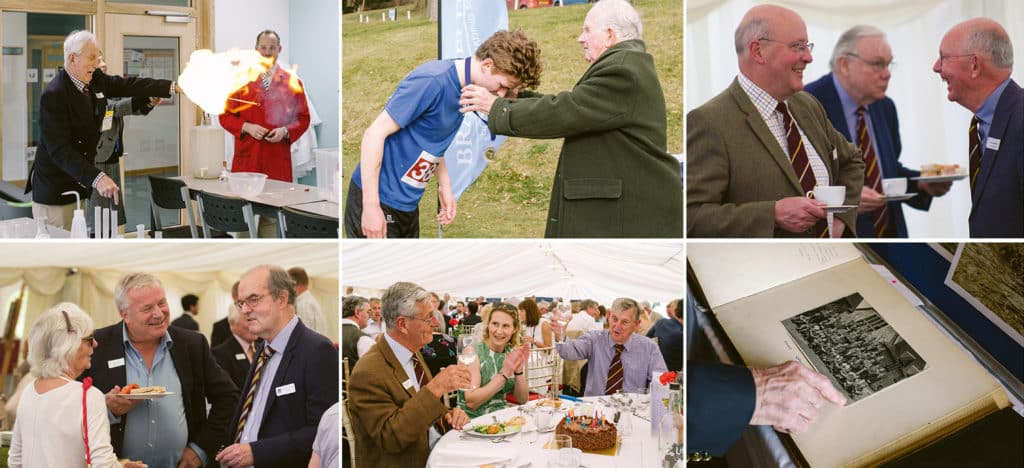He was awarded the Military Cross in 1916 and his citation reads:
2nd Lieutenant Frank Neville Hudson, The Buffs (East Kent Regiment) and Royal Flying Corps. For conspicuous gallantry and skill on several occasions, notably when, although severely wounded in the head, he successfully completed his aerial reconnaissance. After recrossing the line and landing at an aerodrome, he at once lost consciousness. This young officer is only 18 years of age, but has many times driven off enemy machines and twice forced them to the ground.
Supplement to the London Gazette, 30 March 1916 (29528/3429)
He had been wounded in action early in 1916 and wounded again and captured in July 1917. On 5 April, 1917 Hudson teamed up with Reginald Charley, Maurice D Guest- Scott, and R G H Pixley; the four pilots became known as Balloon Busters, destroying a German observation balloon at Gouy. Hudson went on to drive two more enemy planes down, and destroy another, but on the 13th of July 1917 he was shot down between Bruges and Ostend.
On his last sortie he was killed while flying in Mesopotamia, now Iraq, when he crashed on landing and died from his injuries on 6 June 1922. He is noted for six aerial Victories (credit Aerodrome.com)
The new book has been written by historian Norman Frank to celebrate fifty pilots who survived the First World War and then died during peacetime. A summary of the book reads:
The fifty pilots featured in Fallen Eagles were all decorated for bravery during The Great War. All survived the conflict only to die flying in the post-war years. The causes of their deaths ranged from being casualties of small wars, then as now rife in the Middle East, mechanical failure or pilot error. The 1920s were still pioneering years for aviation and aviators and test flying, air races and displays, record attempts etc were fraught with dangers known and unknown. In addition to the better known names such as Sir John Alcock, Captain W Beauchamp-Proctor VC and Sammy Kincaid, there are many who will be unfamiliar to all but the most ardent enthusiasts.
But all have courage and love of flying in common and sadly luck ran out for each of these men who made a contribution to the history of flight. Thanks to acclaimed aviation historian Norman Franks, their names are not forgotten.







